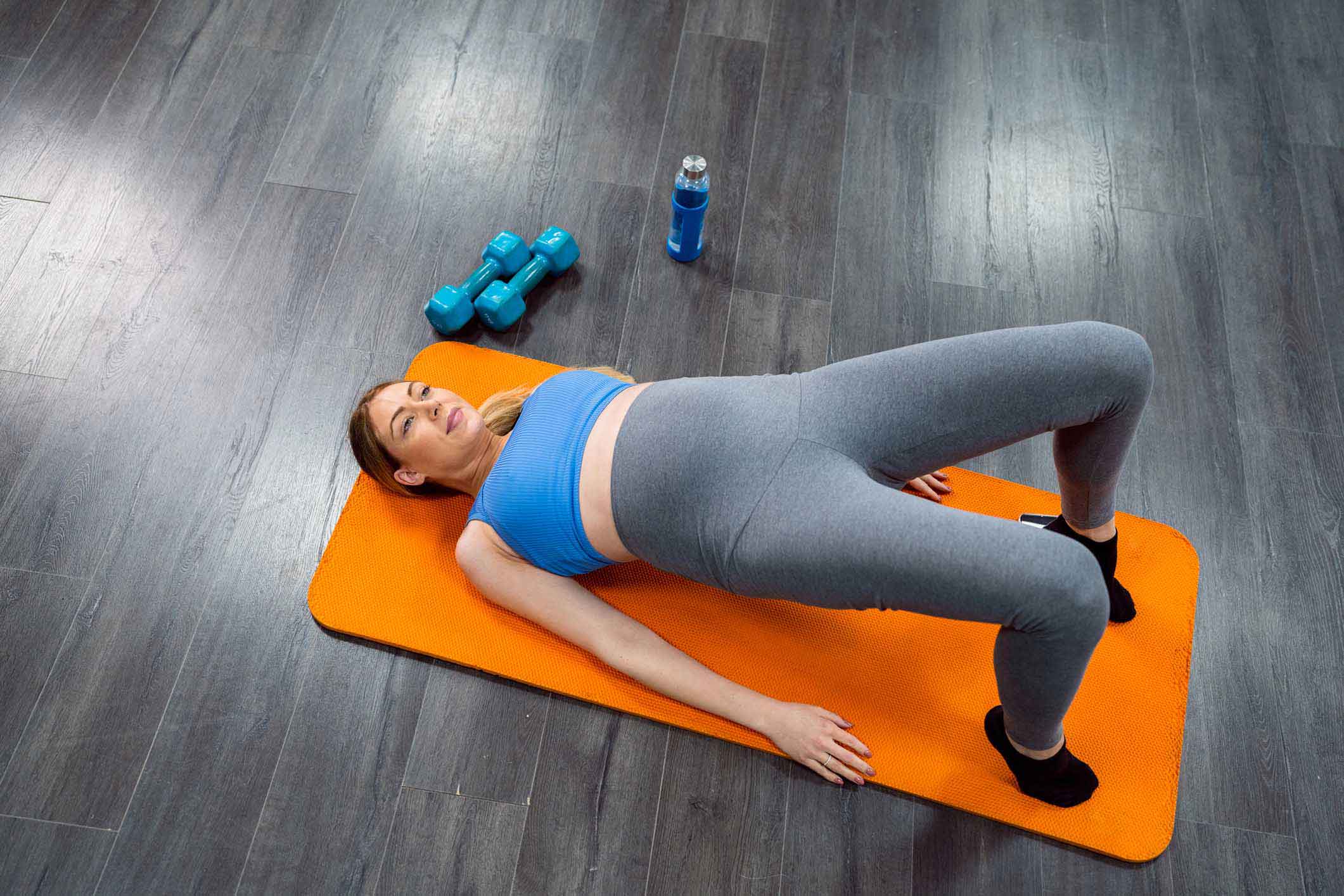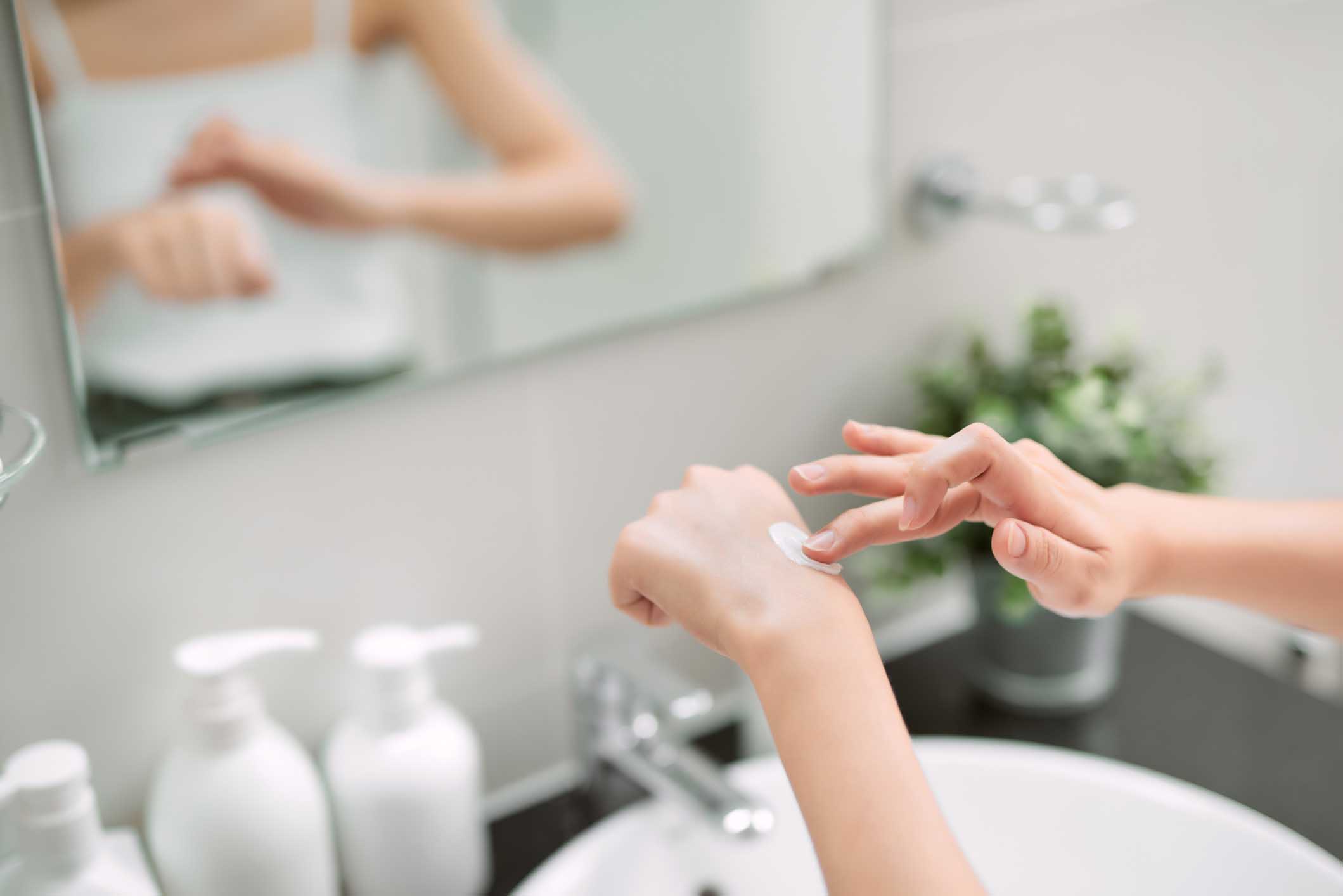Advice & Support
Browse our incontinence advice and support articles to help you better understand the condition and live more comfortably in everyday life.
Incontinence & LBL
Anyone can experience urinary incontinence and it's more common than you think. Here's what our doctors and health experts want you to know.

Incontinence & LBL
Urinary Incontinence After Childbirth: Which Pad is Right for Me?

Incontinence & LBL
How To Be Prepared For Light Bladder Leaks (LBL) On A Vacation
Menopause
Just like puberty, menopause forces us into a new direction in life. Our experts are here to guide you through the process and keep you informed on what to expect.
Fitness Nutrition
From bladder control exercises to general workouts, check out what our experts have to say about all things fitness & nutrition.

Fitness & Nutrition
How Can I Alleviate Foot Pain From Standing At Work Or Walking?
Labor Delivery
Many moms-to-be wonder what they should pack in a hospital bag. Explore a list of delivery bag essentials to help you arrive at the hospital prepared.

Labor Delivery










